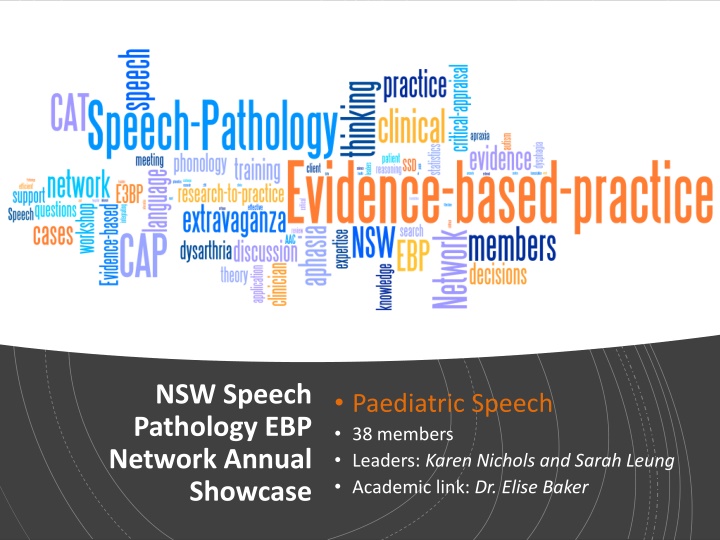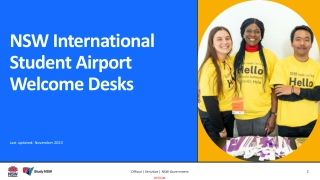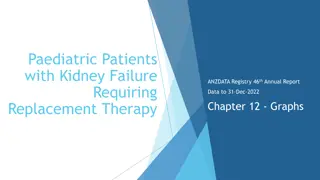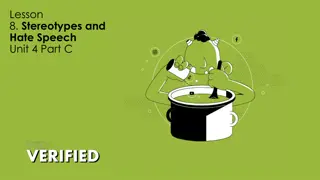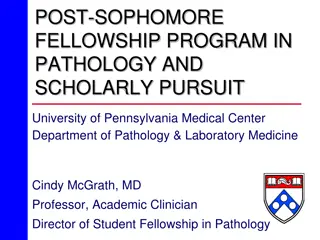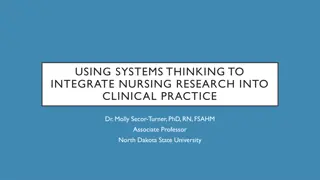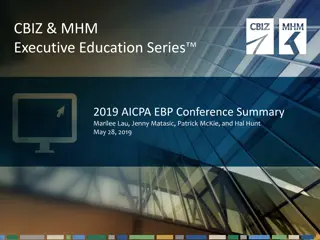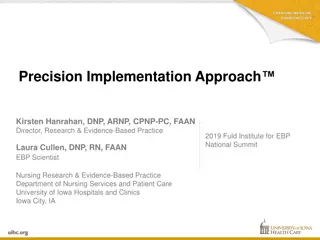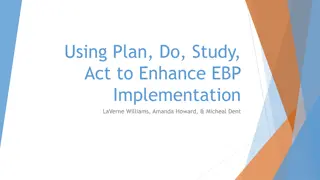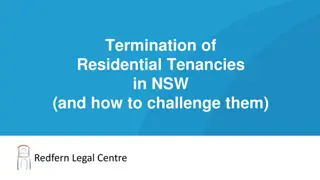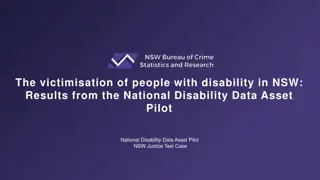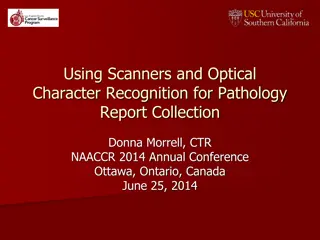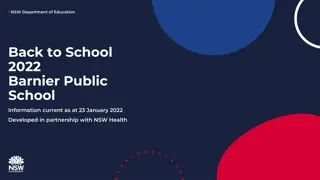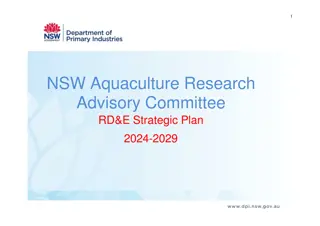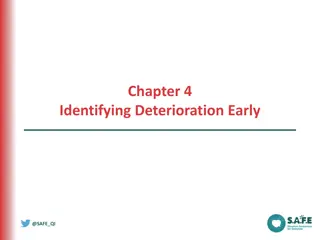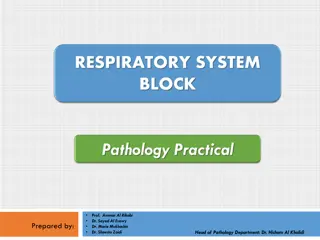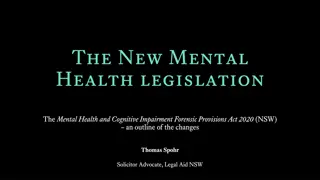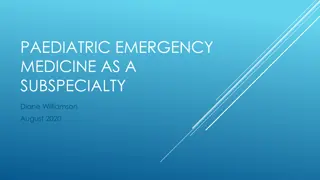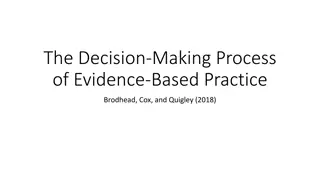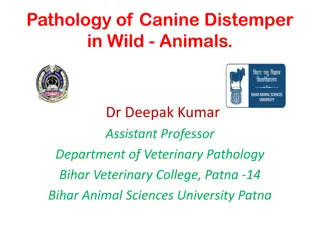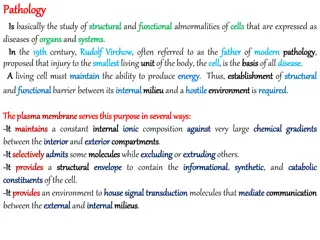NSW Speech Pathology EBP Network Annual Showcase: Paediatric Speech
This annual showcase features 38 members and is led by Karen Nichols and Sarah Leung, with academic insights provided by Dr. Elise Baker. It focuses on paediatric speech under evidence-based practice, offering a platform for professionals to share knowledge and advancements in the field.
Uploaded on Mar 03, 2025 | 0 Views
Download Presentation

Please find below an Image/Link to download the presentation.
The content on the website is provided AS IS for your information and personal use only. It may not be sold, licensed, or shared on other websites without obtaining consent from the author.If you encounter any issues during the download, it is possible that the publisher has removed the file from their server.
You are allowed to download the files provided on this website for personal or commercial use, subject to the condition that they are used lawfully. All files are the property of their respective owners.
The content on the website is provided AS IS for your information and personal use only. It may not be sold, licensed, or shared on other websites without obtaining consent from the author.
E N D
Presentation Transcript
NSW Speech Pathology EBP Network Annual Showcase Paediatric Speech 38 members Leaders: Karen Nichols and Sarah Leung Academic link: Dr. Elise Baker
What have we focused on this year? Finalized our emergent literacy question from last year and developed clinical resources guided by the evidence Started work on intervention for polysyllable difficulties in children
Transforming mato into tomato : Insights from evidence addressing polysyllable difficulties in children with speech sound disorder
(1) Polysyllables are common in English 6 reasons why it is important to assess and treat polysyllab les (2) Assessment helps avoid false negative cases (3) Some difficulties only evident in polysyllables (4) Difficulty with polysyllables can indicate risk of literacy difficulties (5) Difficulty with polysyllables can provide insight into nature of a child s expressive language difficulties (6) Assessment can help with differential diagnosis and selection of appropriate polysyllable intervention
PICO Clinical Question PATIENT In children with speech sound disorder does INTERVENTION intervention targeting polysyllables COMPARISON compared to no intervention or another intervention OUTCOME lead to improvement in measures of polysyllable accuracy (e.g., whole word correct, PPC, PCC, PVC, word length, syllable shape, lexical stress, % of omissions, altered sequence).
What did we find (so far)? Authors Number of participants Research Design Murray et al., (2015) 26 Randomized controlled trial Thomas et al., (2018) 5 Single-case experimental design Ballard et al., (2010) 3 Single-case experimental design Young (1987) 2 Single-case experimental design Young (1983) - Expert opinion Velleman (2005) 1 Expert opinion and case study
Ballard et al., (2010) ReST intervention for children with childhood apraxia of speech 3 children (7-10 years) SCED involving ReST 4 x wk for 3 weeks Targeted dysprosody using 3-syllable nonwords Measured relative duration of Sw and sW syllables, smoothness, loudness and pitch Bottomline: Improvements in untreated nonword stimuli; minimal improvement in real words, so more research needed. Limitations: Limited participants; intensive > feasible in everyday clinical practice?
Murray et al., (2015) ReST intervention for children with childhood apraxia of speech 26 children with CAS (4 to 10 years) RCT compared Nuffield (NDP3) with Rapid Syllable Transition (ReST) 4 x wk for 3 weeks ReST used 2- and 3-syllable nonwords with varied stress, targeting stress equalization and syllable segregation using PML Bottomline: Both show generalization to nontreatment words Limitations: Intensive > feasible in everyday clinical practice? No measure of generalisation to conversational speech
Thomas et al., (2018) ReST intervention for children with childhood apraxia of speech 5 children 5;11 to 11;7 years SCED examining clinician + parent-delivered ReST intervention 4 x wk for 3 weeks (50% @ home) Bottomline: Mixed results > effective for 2 of 5 children; mixed fidelity of parent-delivered sessions, particular difficulty providing accurate feedback Limitations: Limited participants and no measure of generalization to conversational speech.
Young (1983, 1987) 83 = expert opinion Intervention targeting weak syllable deletion in children with phonological impairment 2 children (4;4 years and 4;5 years) SCED 2 x wk; 50 productions per session Intervention: Backward chaining with visual rebuses procedure with 4 steps including stress equalization followed by natural stress (e.g., bull > table) Bottomline: Effective for both participants from treatment to non- treatment words. Limitations: Only 2 children; no measure of conversational speech; rebuses changed weak stress to strong stress
Velleman (2002) Intervention targeting weak syllable deletion in children with phonological impairment Longitudinal case study (3;4 years > Kindy) Teaching strategies informed by nonlinear phonology Polysyllables comprising CVCVCV words with opportunity for reduplication Start with iambic words embedded in a phrase comprising Swsw stress (e.g., big potato) Bottomline: Nonlinear strategies could be helpful to inform elicitation strategies to producing polysyllables with natural stress Limitations: Case study only.
Summary of papers found SIX relevant papers identified (so far) more to CAP ReST Increasing evidence including RCT and SCED. Similar outcomes to Nuffield. Approach for children with CAS. Not suitable for children with phonological impairment. Backward chaining with visual rebus Minimal and low level of evidence Suitable for children with phonological. NOT for CAS. Teaching strategies informed by nonlinear phonology Suitable for children with phonological impairment Expert opinion only.
It is possible to improve children s productions of polysyllables Unclear if parents can be coached to delivery intervention with high fidelity (ReST) Clinical bottom line (so far)
Implications for clinical practice (to far) Need to consider the child s type of SSD Intervention based on frequent sessions for intensive period (2 to 3 x per week) Need to measure generalization to nontreatment words and conversational speech More research needed
What is our clinical group currently working on/plans for the future? Continuing to work on polysyllable question > CAT Topics for next year - looking at inconsistent speech disorder diagnosis and treatment, and differential diagnosis of SSD. Interested in joining the group? Contact: Karen (Gwendolyn) Nichols Gwendolyn.Nichols@health.nsw.gov.au Sarah Leung Sarah.Leung@health.nsw.gov.au
